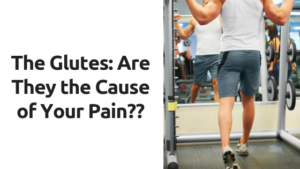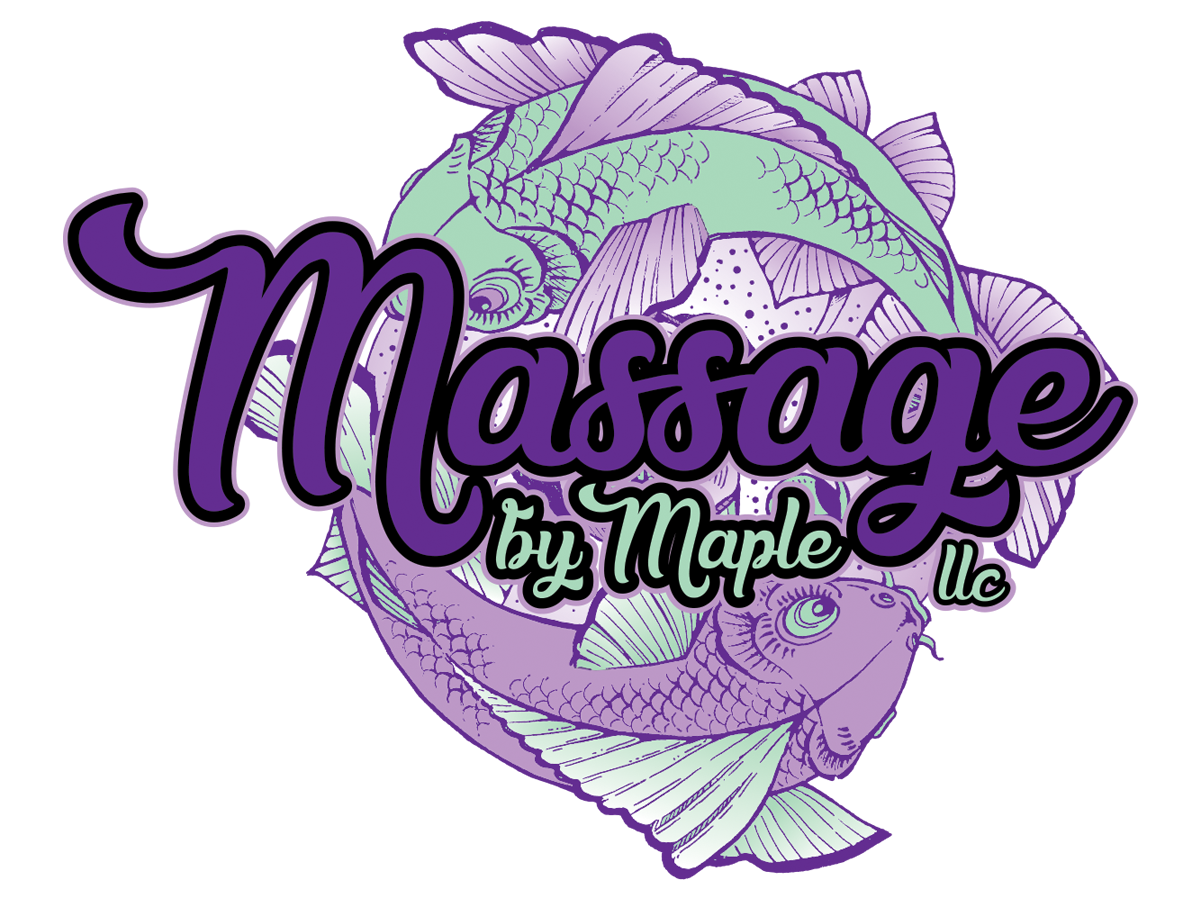
Even if you’re not someone well-versed in anatomy, you’ve probably heard the term glutes, or heard of your gluteal muscles. These are the muscles that make up the majority of your buttock; and while it may seem odd to think much about this area other than how it looks in your favorite jeans, there is actually an important connection from these muscles to many other aspects of the body. They can correlate to a number of pain and movement issues that can arise through the back, hips, and legs, so taking care of this area is crucial.
There are actually three muscles that comprise the glutes, each with its own unique characteristics.
The gluteus maximus is probably the most well-known, and is the largest and most superficial of the three. It is a powerful extensor of the hip, meaning it helps you run, climb, and stand yourself up from sitting. It’s also responsible for rotating the hip outward (external rotation) as well as stabilizing through the hip joint and even down into the knee.
The gluteus medius is much smaller and lies directly below (deep to) the maximus. Different fibers within the muscle are responsible for a variety of movements including moving the leg out to the side (abduction), as well rotating the hip in (internal rotation) and out (external rotation). While its movement capabilities are obviously very important, perhaps one of the most crucial elements to the gluteus medius is its stabilization of the pelvis. Strength within this muscle allows for the pelvis to stay aligned and stable during single-leg weight bearing movements, such as standing on one foot, climbing stairs, and even just walking and running.
The gluteus minimus is the smallest of the three and lies beneath the other two. It’s responsible for moving the hip outward (abduction) and rotating the hip in (internal rotation). The minimus works along with the medius to help stabilize the pelvis during those single-leg weight bearing movements as well.
While you may not put much thought into these muscles when you hit the gym other than maybe throwing in some half-hearted squats here and there, weakness within this group of muscles can actually be the root cause of many back, hip, and leg complaints. For example, did you know that a significant number of people don’t activate their glutes properly when performing certain exercises, like the squat? This is generally connected to those with poor core stability, pre-existing low back pain, and something we call inhibited glutes; which is when the glutes are unable to properly engage due to the position they adopt when the ideal neutral pelvic posture becomes compromised. So, why is it important to activate your glutes when doing squats, abduction, and rotation exercises, or any movement that requires participation from that muscle group? When you don’t activate your glutes during your squat, your hamstrings fire first extending to the hip. Next, your lower back must take over. And finally your glutes come in to help complete the squat. If your glutes are inhibited, that leaves your lower back to take on the stress of a movement it isn’t meant to handle (the gluteus maximus is meant to be the prime mover in this exercise). This added stress can result in low back pain. So, the next time your lower back is hurting, you should evaluate your training form. The same can be said with just getting up and down from a chair over and over again. Are you activating your glutes or relying on your back to do much of the work?
Runners often suffer from knee pain which is often considered just a hazard of running, right? But did you know that many people have inhibited or weak gluteus medius muscles? When these muscles become weak, they are not active enough to endure the stress they will receive for a long period of time. When you’re enduring a long run, your muscles are supposed to switch into low-load levels so that they can maintain the position and endure the activity. This weakness of the gluteus medius can result in other muscles having to take over the job of pelvic stabilization, leading to tight IT bands, knee pain, and even abnormal tracking of the patella (knee cap).
This is just a small example of how strength within each of these muscles plays a role in activity. But it’s not just strength within the muscles that can have an effect. Abnormal tightness or adhesions from injury can also lead to issues. Massage of the gluteal muscles helps to relax them, ease undue tension, and potentially take pressure off nerves and associated connective tissue. This means that not only are your glutes, low back, hips, and legs going to feel better than ever, but massage may even help to prevent muscle strain, pain, and damage as well. Massage therapy can also improve your range of motion, strength, and circulation, reversing that inhibition and improving overall athletic performance. This will require a well-rounded massage which includes not only your glutes, but your lower back, and upper legs as well.
Your gluteal muscles have a bigger job than many give them credit for and when they aren’t working properly, they have a bigger affect than you would expect. While that may seem intimidating, don’t fret. Massage can help!
